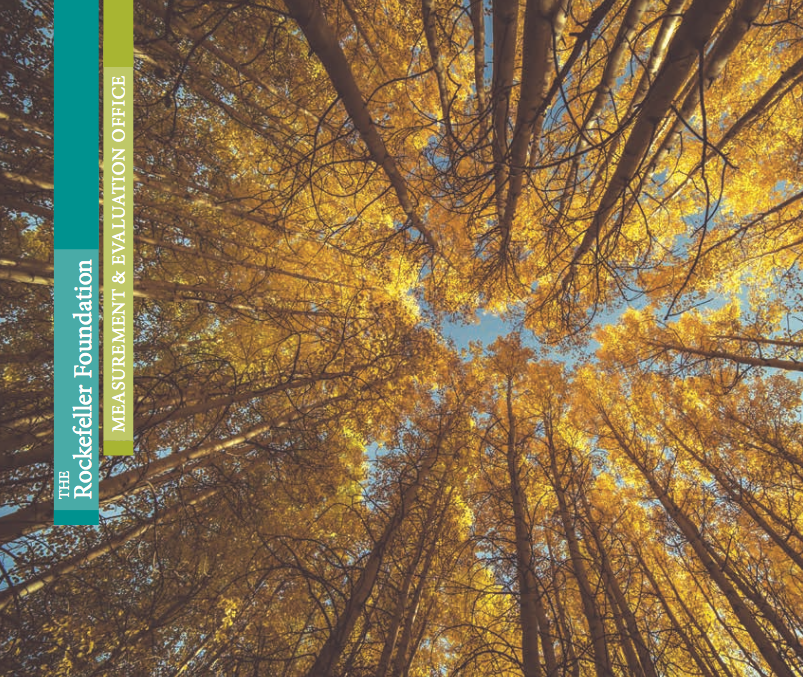FOR IMMEDIATE RELEASE
The Seattle-based Construction Tech Company Concluded its 90-day StartEngine Raise to Scale Innovative Mass Timber Products to Build Healthier Homes Faster and More Sustainably
SEATTLE, Washington (February 22, 2023) – Green Canopy NODE is pleased to announce the successful closing of its first equity crowdfunding campaign on StartEngine. The Company is extremely proud to welcome over 60 new shareholders, who joined in bringing the power of manufacturing to build homes, relationships, and businesses that help regenerate communities and environments.
This was a valuable opportunity for Green Canopy NODE to democratize investing in the growing company. "We are humbled and grateful for the support we've received from our community,” said co-CEO Aaron Fairchild. "Their excitement in our team and mission is energizing and will help us continue innovating within the sustainable housing industry."
Green Canopy NODE is scaling construction-tech systems to build sustainable homes faster and with cost-control. The funds raised will be used to further develop and expand the company's innovative mass timber building products, bringing sustainable housing solutions to more residents, developers, and builders around the United States.
The Company's Innovation Ecosystem Model integrates construction technology products, sustainable residential development pipeline, and real estate fund management. This unique approach creates a flywheel to help clients deliver high-quality, energy-efficient homes that are both beautiful and healthier for residents and the environment. “We are leveraging our integrated construction ecosystem to provide product-market fit on-site, with clear proof points on how our products simplify construction while boosting productivity,” said co-CEO Bec Wilder Chapin.
The success of this crowdfunding campaign solidifies the company's position as a leader in sustainable housing and construction technology innovation. Green Canopy NODE will join the International Mass Timber Conference in Portland next March, in an ongoing effort to connect with the industry and create partnerships to foster a sustainable transformation of the built environment.
To learn more about Green Canopy NODE, follow on LinkedIn, Facebook, Instagram, and Twitter.
###
Green Canopy NODE is an integrated construction technology, real estate development, and fund management company. Over its history, it has sought to embrace the innovation required to change the current paradigm of housing development and deliver on its commitment to help regenerate communities and environments. The company works with its clients and investors to develop high-performing, deep green, all-electric, and healthy housing.
For more information, please contact:
Susan Fairchild
Chief Marketing Officer
susan@greencanopynode.com














































